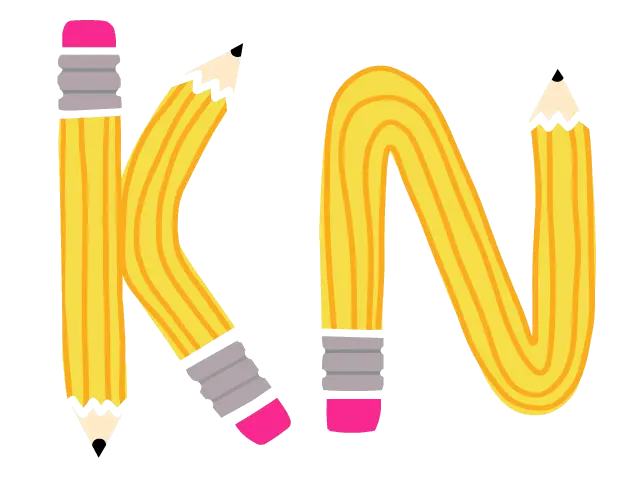What is Scalable Vector Graphics (SVG)?
Scalable Vector Graphics, commonly abbreviated as SVG, is an XML-based file format used for describing two-dimensional vector graphics. SVG files are created using mathematical equations to define points, lines, curves, and shapes, rather than by using pixels. This allows SVG images to be scalable to any size without loss of quality, making them ideal for responsive web design and adaptable user interfaces. Unlike raster graphics such as JPEGs or PNGs, SVGs retain their sharpness and clarity regardless of scaling, thus playing a pivotal role in modern web and application design. SVG is not just about images; it’s interactive and can include animation, making them suitable for intricate web elements.
Key Takeaways
- Scalable Vector Graphics (SVG) are essential for creating high-quality graphics that can scale without losing fidelity.
- SVG files are lightweight and often lead to faster load times, optimizing webpage performance.
- SVG format is highly versatile, supporting interactivity and animation, enhancing user engagement on digital platforms.
- SVGs are an open standard, widely supported by modern web browsers, ensuring broad accessibility.
- The XML format of SVGs makes them easily editable using text editors, providing flexibility for designers and developers.
Benefits of Using SVGs in Web Design
SVGs bring several advantages in the realm of web design and digital marketing. Perhaps their most prominent feature is their scalability. Because SVG graphics are based on vectors, they are resolution-independent. This means they look pristine on any display, from basic monitors to high-definition Retina screens. Another major benefit is file size. SVGs tend to be smaller than raster images, which leads to faster loading times. This can significantly improve a site's performance, enhancing SEO and user experience.
SVGs and Their Impact on User Experience
The integration of SVGs can greatly improve user experience by ensuring that images look crisp and clear on any device. Moreover, SVGs can be animated and interactive, offering designers and marketers the ability to create engaging visual content that captures the attention of users. Because SVGs support CSS and JavaScript, they can be manipulated for dynamic content directly in the browser, providing a rich, interactive experience without extensive load times.
How to Work with SVGs
Creating and editing SVGs can be accomplished with ease using various tools. Graphic design software like Adobe Illustrator and free alternatives like Inkscape allow you to craft detailed SVG files. Additionally, since SVGs are XML-based, they can be manually edited with any text editor. This opens up possibilities for developers who need to make quick adjustments or include SVGs directly into their HTML, offering seamless integration within their projects.
The Bottom Line
Scalable Vector Graphics (SVG) offer unparalleled versatility and efficiency in web and graphic design, making them a critical asset for marketers and designers alike. Their scalability and responsiveness are crucial in a world where consumers are accessing content from myriad devices with varying screen sizes. For businesses, leveraging SVGs can improve site performance, boost SEO, and offer a superior, interactive experience to users - essentials in today's digital landscape. Whether you’re an e-commerce brand looking to optimize product images or a digital agency aiming to craft engaging user interfaces, SVGs are a powerful tool in your design arsenal.
















